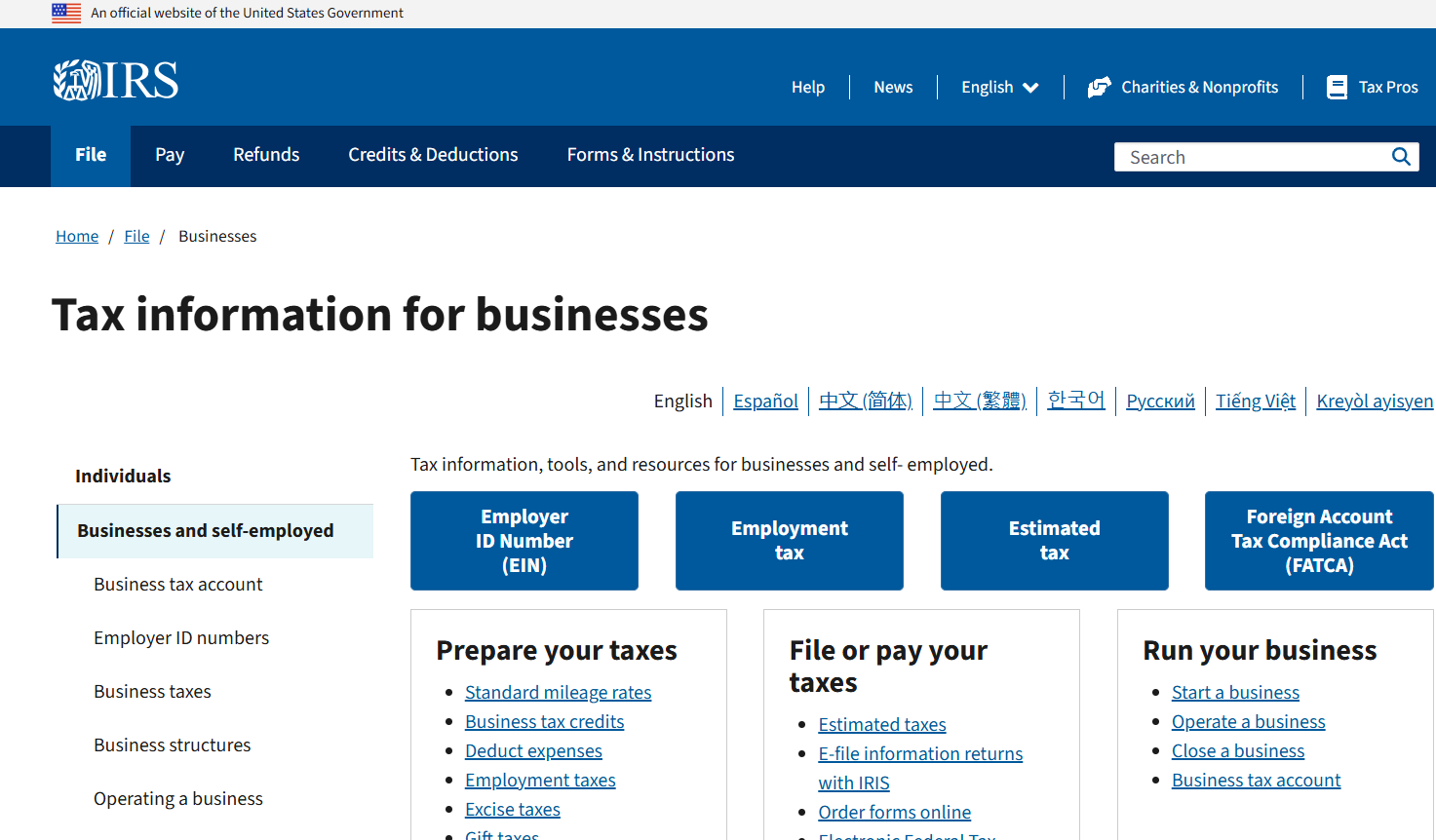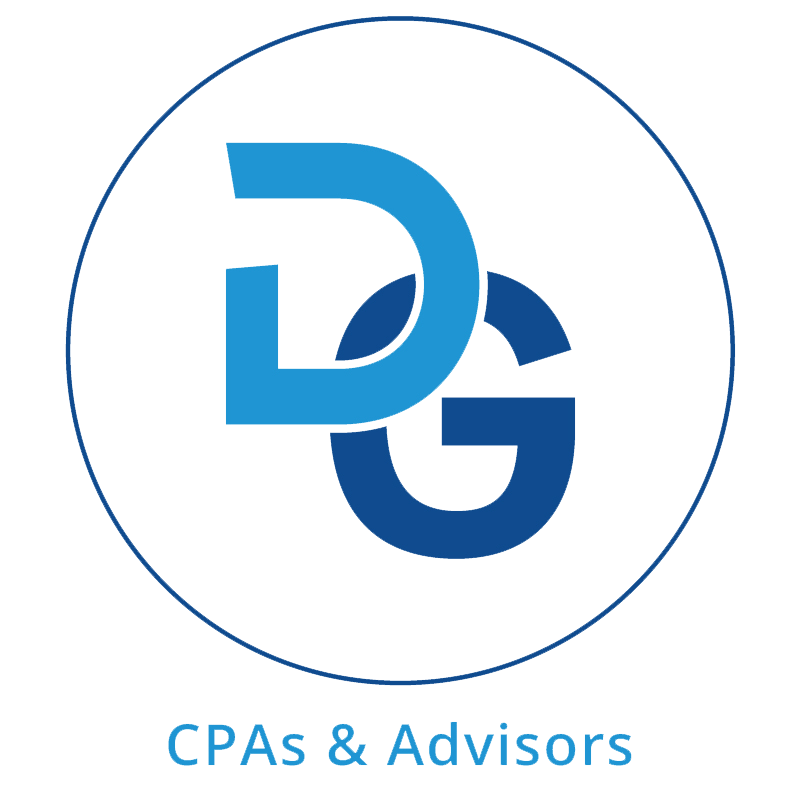Fraud and the Impact on Small Business
Every business is susceptible; controls and oversight are critical to protect the business.
Fraud can happen in any business — and small businesses are especially at risk. Sadly, most business owners and decision-makers will make the choice of doing nothing, with the misguided belief that their business is different, and their personnel would never steal from the business. Fraud is as old as humankind, and desperation and greed will cause people to do things they normally would not even consider. The reality is that every business should have basic procedures in place to protect against fraud. Most businesses do not have the expertise or the personnel to gain proper oversight, which is when they should turn to their CPA firm.
The 2024 Report to the Nations, published by the Association of Certified Fraud Examiners (ACFE),
analyzed 1,921 cases of workplace fraud across 138 countries. The results are clear: no business is too small to be a target.
The Scope of the Problem
- Organizations lose an estimated 5% of their annual revenue to fraud — more than $5 trillion globally each year.
- The average loss per case was $1.7 million.
- The typical fraud lasts 12 months before anyone notices.
- For small businesses, the median loss was $141,000 — often enough to threaten survival.
The Three Main Types of Fraud
1. Asset Misappropriation – 89% of cases
- The most common type, but usually the least costly.
- Examples: theft of cash, misuse of company assets, fake vendor payments, false expense reports, ghost employees.
2. Corruption – 48% of cases
- Involves bribery, kickbacks, or conflicts of interest.
- Median loss: $200,000.
3. Financial Statement Fraud – 5% of cases
- The least frequent but the most damaging.
- Median loss: $766,000.
- Often used to hide poor performance or qualify for loans.
Who Commits Fraud — and Why
- Owners and executives cause the biggest losses (median $459,000) because they often have unchecked control.
- Employees are responsible for smaller but more frequent frauds (median $60,000).
- Collusion makes it worse:
- One person acting alone: $75,000 loss
- Three or more working together: $329,000 loss
- Longer employment = bigger losses:
- 1–5 years: $100,000
- 6–10 years: $200,000
- 10+ years: $250,000
Red Flags to Watch For
According to the ACFE, 84% of fraudsters show at least one warning sign:
- Living beyond their means
- Financial stress or personal debt
- Unusually close relationships with vendors or customers
- Reluctance to share duties or take vacations
- Complaints about pay or lack of recognition
- Control issues or secrecy around financial records
Small businesses, where trust and close relationships are common, often overlook these red flags until it’s too late.
How Fraud Is Caught
- 43% of frauds are found through tips — usually from employees, customers, or vendors.
- Most tips now arrive by email or online forms, not phone calls.
- Other common detection methods:
- Internal audit (14%)
- Management review (13%)
- Frauds found by accident or law enforcement usually cause the largest losses.
Takeaway: Encourage employees to report suspicious activity. Make it safe and simple to do so.
Why Small Businesses Are at Higher Risk
- Limited staff — fewer people to separate duties or double-check work.
- High trust environments — owners rely on long-term employees without oversight.
- Lack of internal controls — 32% of frauds occurred because no controls were in place.
- Override of controls — 19% happened when rules were ignored by leadership.
Even small companies can protect themselves with basic, affordable controls.
Proven Ways to Reduce Fraud Losses
The ACFE found that certain internal controls can cut fraud losses by 40–60% and speed up detection.
Top Controls for Small Businesses:
- Surprise audits – 63% lower losses
- Regular management review – 60% lower losses
- External financial statement audits – 52% lower losses
- Fraud hotlines or web reporting tools – 50% lower losses
- Employee and manager training – 47–50% lower losses
- Proactive data monitoring – 50% lower losses
Businesses that combined several of these saw faster detection and fewer repeat incidents.
Practical Steps You Can Take
You don’t need a large compliance department to prevent fraud. Start small, stay consistent, and build awareness.
1. Set the Tone at the Top
- Be clear: fraud will not be tolerated.
- Owners and managers should model ethical behavior.
2. Divide Responsibilities
- No single person should control every part of a financial process.
- Separate check writing, bank deposits, and reconciliation duties.
3. Require Time Away
- Make vacations mandatory for employees handling money.
- Many frauds are uncovered when the perpetrator is absent.
4. Review Bank and Credit Card Statements Monthly
- Look for unusual vendors or transactions.
- Have someone other than the preparer review reconciliations.
5. Implement a Simple Reporting Channel
- An email inbox, online form, or voicemail line can serve as a hotline.
- Encourage employees and vendors to report suspicious behavior.
6. Train Your Team
- Hold short annual fraud-awareness sessions.
- Teach staff how to spot red flags and report concerns safely.
7. Use Your Accountant Strategically
- Ask your CPA to help test internal controls and review financial records.
- Consider periodic “mini-audits” focused on high-risk areas like payroll or vendor payments.
If Fraud Happens
Even well-managed companies can fall victim. After a fraud, 82% of businesses strengthened their controls, and 95% believed the improvements would prevent future issues. Take it as an opportunity to rebuild stronger systems and reinforce trust.
Final Thoughts
Fraud prevention doesn’t require big-company resources — it requires awareness, consistency, and accountability.
For small businesses, a single dishonest act can cause lasting damage, but smart controls and clear communication can make all the difference. We can provide the expertise a business needs to combat fraud. At our CPA firm, we help small business owners:
- Assess fraud risks
- Strengthen internal controls
- Implement simple, affordable fraud detection systems
- Train staff to recognize and report suspicious activity
Protect your business before fraud strikes. Your peace of mind — and your bottom line — depend on it.










